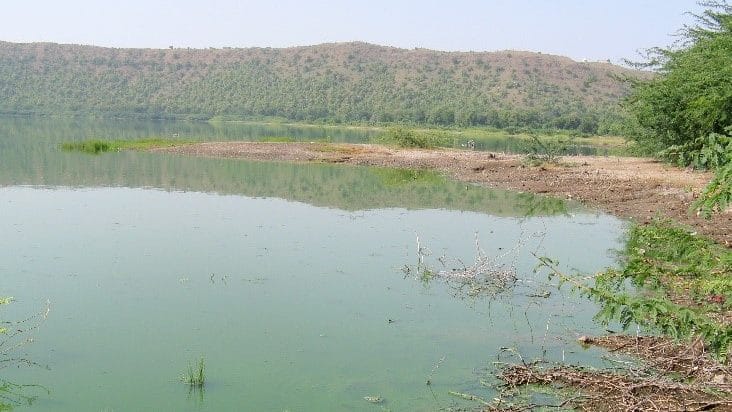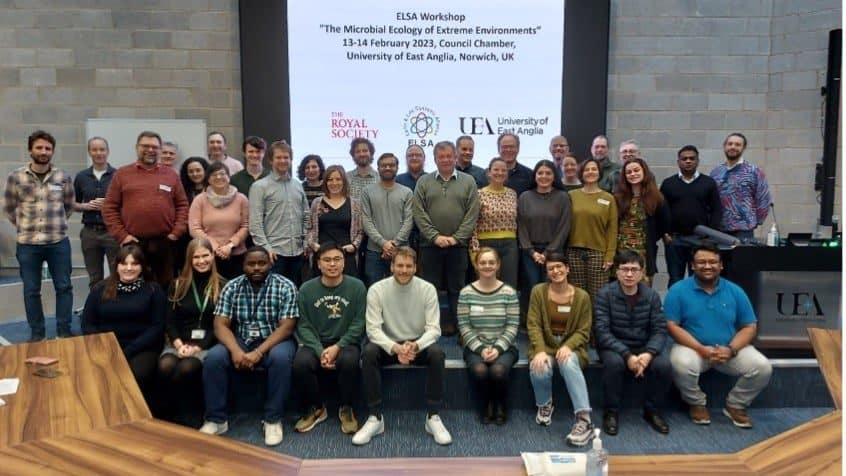Wetlands comprise 8% of all land area on Earth and contribute to global greenhouse gas emissions.
Nitrous oxide (N2O) is a powerful greenhouse gas with 265 times the global warming potential of CO2 and is produced by microorganisms as part of the global nitrogen cycle. However, there are gaps in our understanding of the microorganisms driving the N2O flux in wetlands and this makes it more difficult to predict how these habitats respond to environmental changes. Mohammad Bahram (University of Tartu), Falk Hildebrand (Quadram Institute for Biosciences), Laura Lehtovirta-Morley (UEA) and colleagues at the University of Tartu undertook a global investigation into wetland N2O fluxes and microorganisms underpinning them in a recent paper in Nature Communications. Sampling more than 600 wetlands with contrasting latitudes, vegetation and land-use patterns, the study found that N2O fluxes in wetlands are correlated with functional diversity of microbes. Although archaea are less abundant than bacteria in wetlands, ammonia oxidising archaea emerged as a key factor explaining the N2O emissions. These results indicate that nitrifying archaea may contribute more significantly to N2O flux than previously suspected and that microbial diversity is an important predictor for greenhouse gas emission from wetlands. This research can help inform future management of wetlands and warrants further investigation into microbial mechanisms of N2O production in these environments.
To read more about this research, please see:


